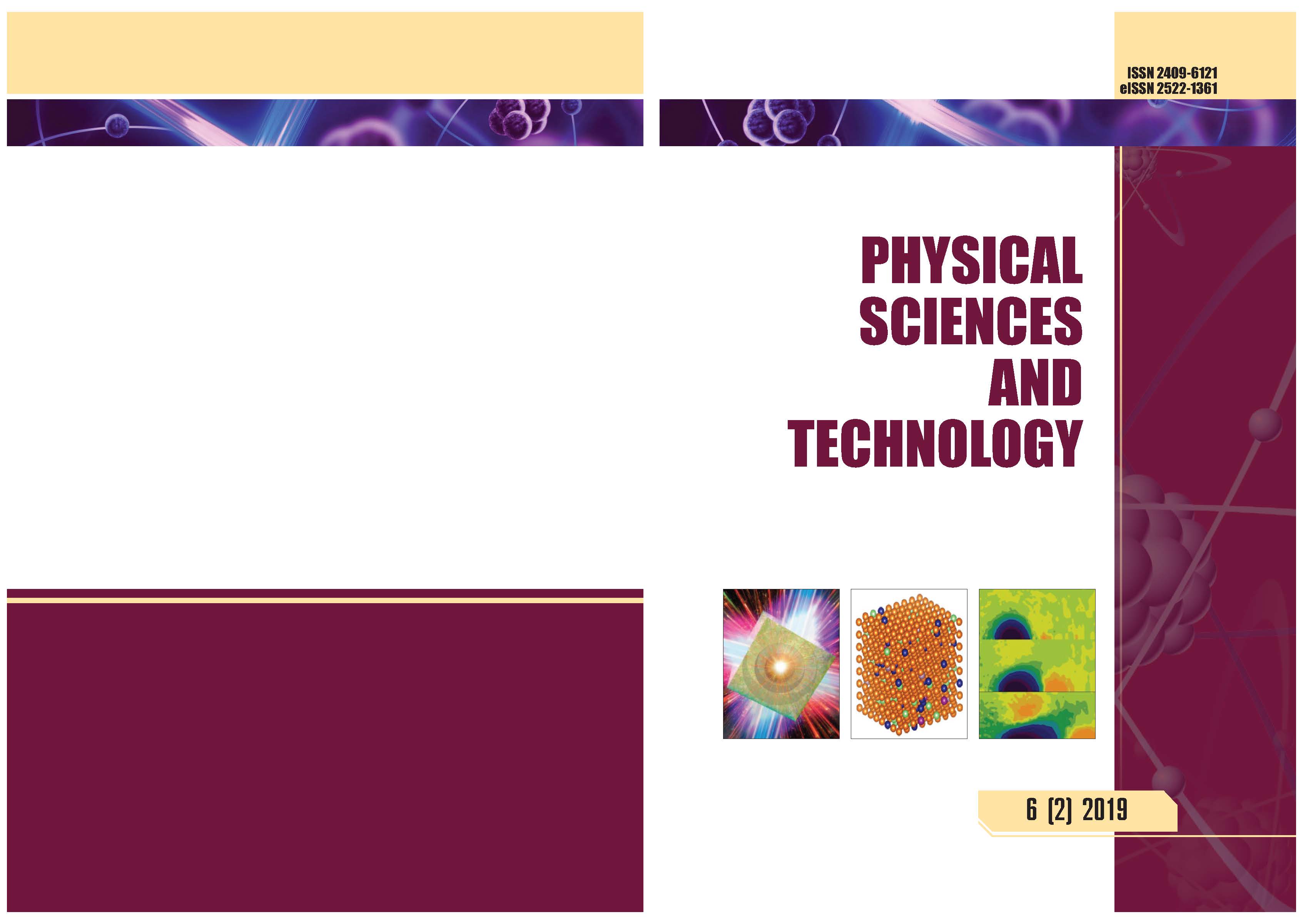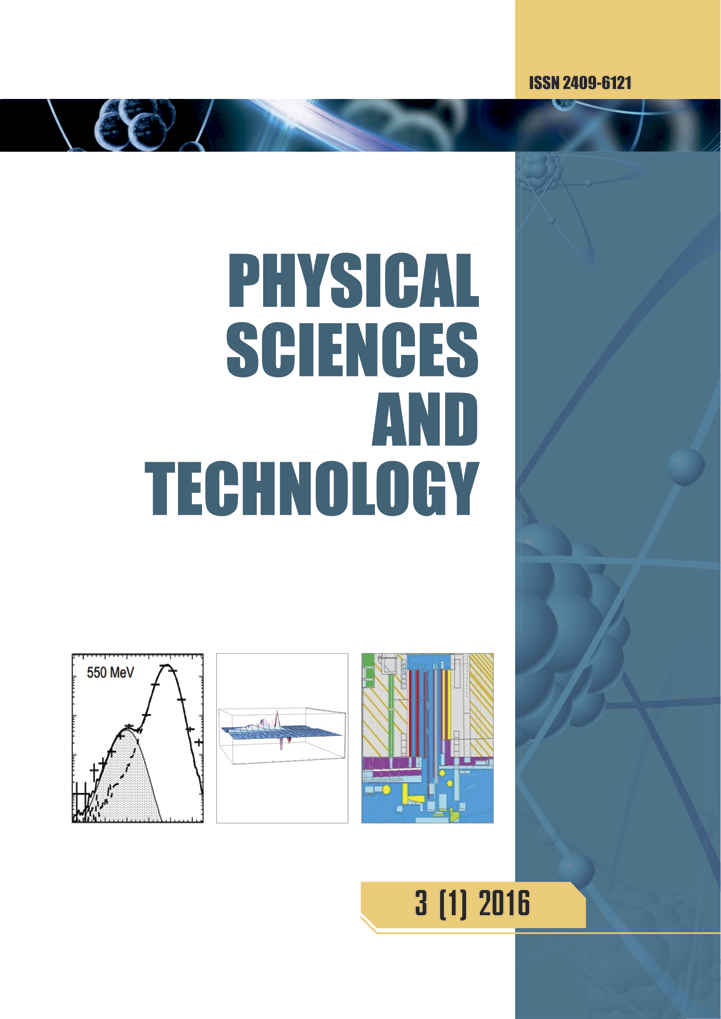Development of effective potentials for complex plasmas
DOI:
https://doi.org/10.26577//phst-2019-2-p6Abstract
In this article the review of interaction potentials for compound particles (i.e. atoms, clusters etc.) of
complex plasmas that have been derived and developed by academician Fazylkhan Baimbetov and his
students over the past 25 years is given. Complex plasmas such us dense non-ideal plasmas, partially
ionized plasmas, dusty plasmas are considered. We consider effective interaction potentials for classical
non-ideal plasmas, semiclassical weakly coupled plasmas, and quantum plasmas. The effective potentials
include relevant effects of non-idelaity and quantum degeneracy. These effective potentials are for
equilibrium and stationary out-of equilibrium state of plasmas. In the latter case, the effect of dynamical
screening resulting in oscillatory pattern of the potential due to formation of the wakefield considered in
both classical and quantum plasmas is taken into account. There appears anomalous behavior of the
wakefield in quantum plasmas. Atoms and dust particles are considered to be compound particles with
allowance for polarization, i.e acquiring a dipole moment. The screening of the field of such dipoles are
considered making use the multipole expansion of the screened Coulomb potential. Additionally, the
discussion of these results comparing to works of researchers from elsewhere is presented. The further
development of the effective potential theory should determine what effect the plasma streaming will
have on transport properties such as viscosity and diffusion of non-ideal plasmas.





